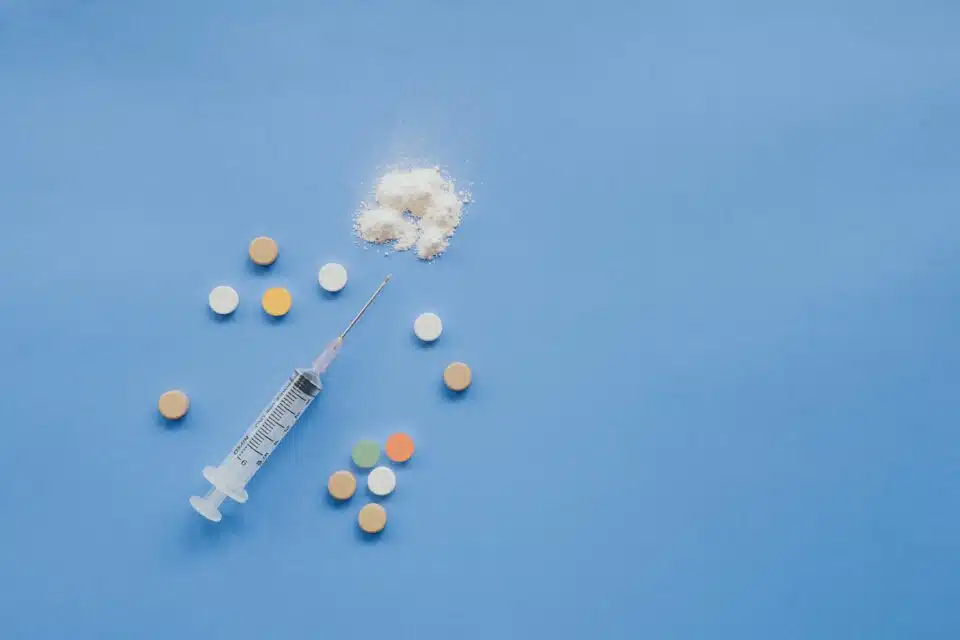KANGAR, Oct 14 — The issue of drug abuse and addiction among primary and secondary school students in the country shows a worrying trend based on National Anti-Drugs Agency (AADK) statistics, recording an increase from 2020 to 2023.
AADK deputy director-general (operations) Khairul Anwar Bachok said 10,456 drug abuse and addiction cases were recorded involving primary school students in 2020, increasing to 10,712 cases in 2021.
“Then in 2022, the cases among primary school students recorded an increase to 11,611 and rose to 12,755 cases last year (2023),” he told reporters after officiating the Perlis Level Language and Literature Aspiration Programme here.
The programme, jointly organised by AADK, Dewan Bahasa dan Pustaka (DBP), and the Perlis Education Department, implements several anti-drug campaign competitions involving primary and secondary schools in Perlis in an effort to diversify the campaign for target groups.
Khairul Anwar said that based on AADK records, the youngest primary school student to become a drug addict was 11 years old.
Meanwhile, for the lower secondary category, namely Form Three students or equivalent, Khairul Anwar said the statistics recorded 32,867 people involved in drug abuse and addiction in 2020, increasing to 34,612 people in 2021.
“In 2022, there was an increase to 36,236 people, and subsequently, this figure rose last year to 37,321 people,” he said.
He said the upper secondary category, which includes Form Five and its equivalent, rose to 55,855 people last year (2023) compared to 47,951 people in 2022. In the previous year, there were 43,863 students, with 42,758 students in 2020.
Regarding this, Khairul Anwar said his team has implemented various steps to ensure the issue can be addressed through preventive efforts using the AADK i-Cegah Model, which encompasses five main elements, namely screening and assessment, profiling, planning, implementation, and evaluation.
“At the level of prevention implementation, three main methods are highlighted, namely general, selective, and focused on four main target groups, which are families, educational institutions, workplaces and communities.
“Additionally, various prevention education and awareness programmes are also implemented by the AADK in efforts to give understanding to the target groups regarding the effects of drug abuse and addiction, especially among teenagers,” he said.
He added that the ‘Better to Prevent’ campaign continues to be intensified to ensure that early prevention efforts become the main barrier before the issue of drug abuse and addiction worsens.
— Bernama





